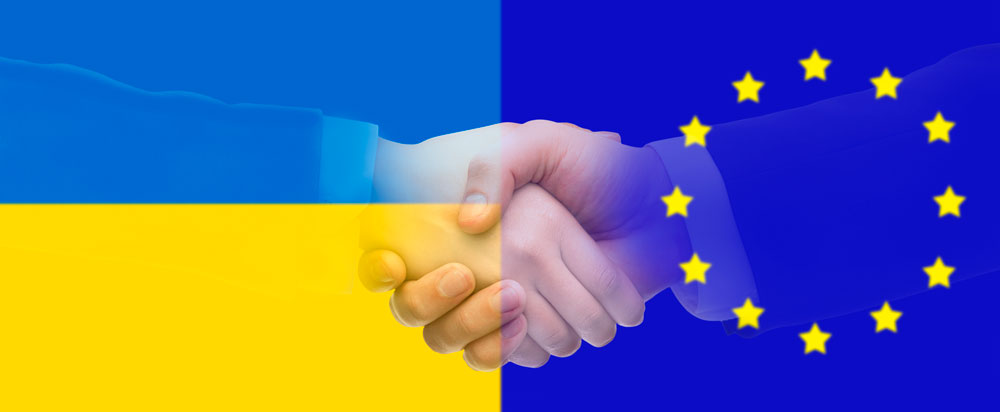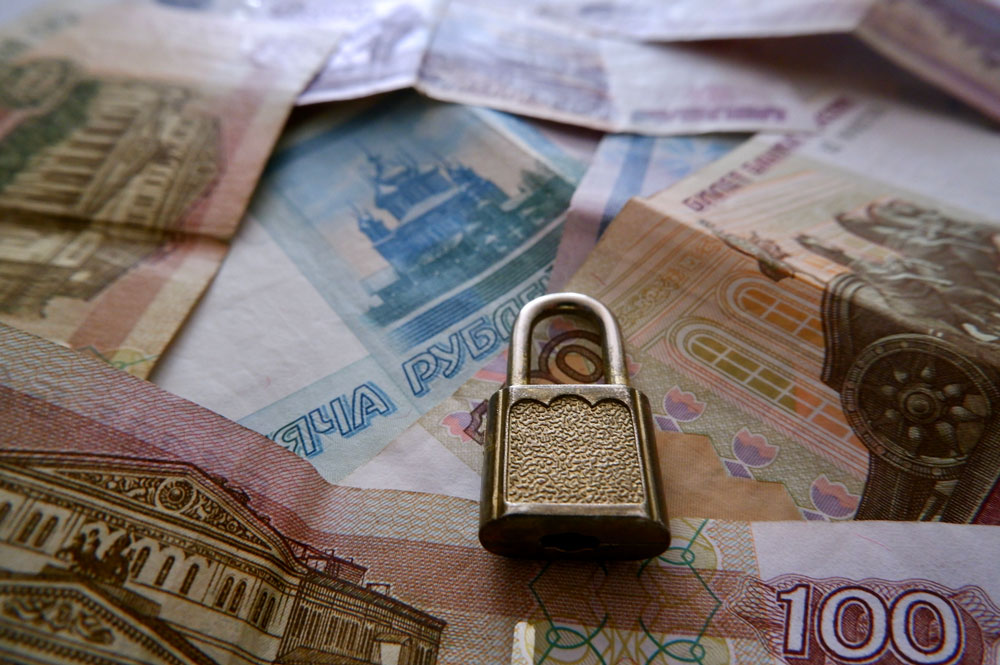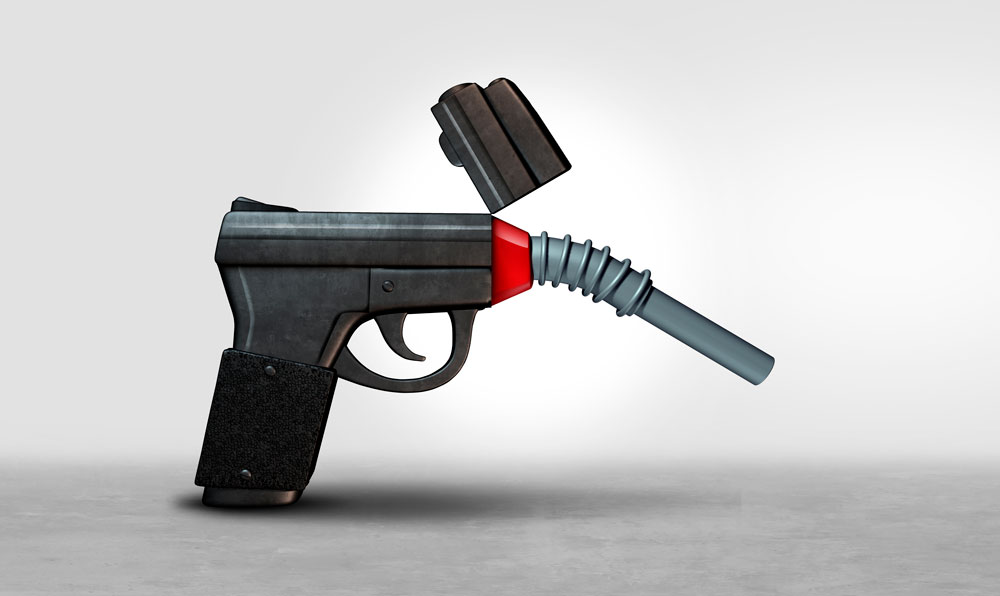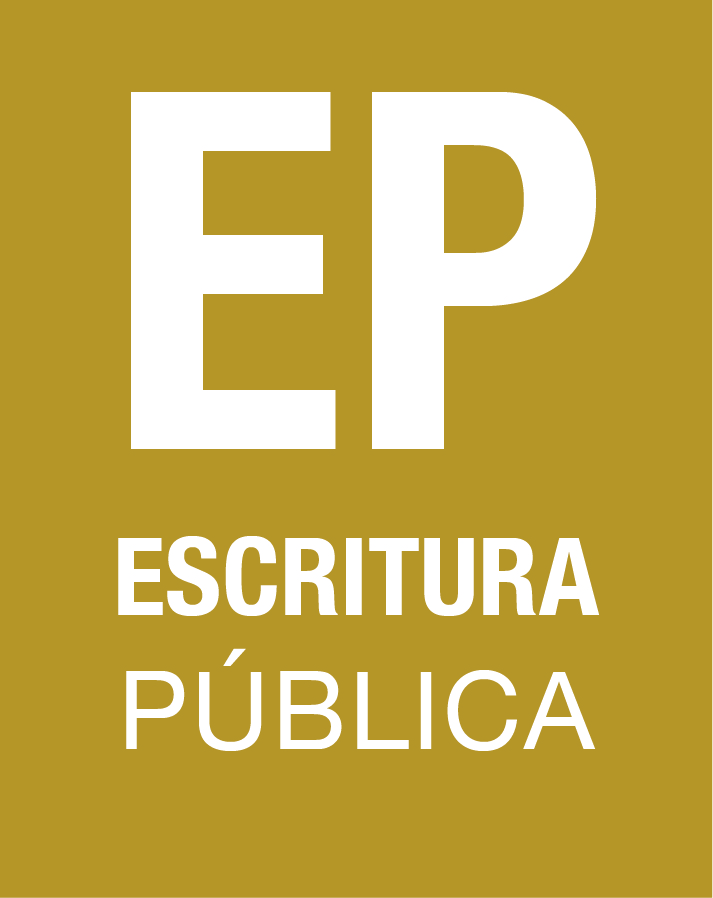ÁMBITO EUROPEO

The European Commission has presented a proposal to put all the confiscated assets into a common European fund.
EUROPA SE VUELCA EN LA RECONSTRUCCIÓN DE UCRANIA
“La reconstrucción de Ucrania no es una tarea para una sola nación”, proclamaba el presidente del país bajo invasión rusa, Volodímir Zelenski en la conferencia internacional celebrada en Lugano (Suiza) a principios de julio para abordar la reconstrucción de su Estado. Efectivamente, hasta ahora la Unión Europea ha puesto en marcha varias iniciativas para ayudar a reflotar el país, con varios paquetes macro-financieros de miles de millones de euros, pero la factura es colosal y hace falta mucho más.
EUROPE ENDEAVOURS TO REBUILD UKRAINE
“The reconstruction of Ukraine is not a task for a single nation”, president Volodimir Zelensky said at the international conference held in Lugano (Switzerland) at the beginning of July to address the reconstruction of his state. Indeed, until now the European Union has launched several initiatives to help rebuild the country, with various macrofinancial packages of billions of euros. The bill to reconstruct the country under Russian invasion is foreseen to be colossal.

The Ukrainian authorities are pressing to make use of the seized assets from the sanctioned individuals.
En esa misma conferencia en Lugano, las autoridades ucranianas cifraron el precio de la reconstrucción en 750.000 millones de euros, una cantidad que sin embargo tenía en cuenta la imposible circunstancia de que la guerra encontrara su fin en julio. Así pues, está previsto que la factura sea incluso mayor. En su momento, el Fondo Monetario Internacional (FMI) calculó que el país necesita unos 5.000 millones de euros cada mes solo para mantener los servicios básicos. De ahí que el mismo Zelenski avisara que una sola nación no puede hacerse cargo. El PIB de Ucrania antes de la guerra era cercano a los 170.000 millones de euros.
Europa se ha volcado en favor de Ucrania desde que empezó la invasión rusa, consciente que el país que lidera Zelenski está a su vez protegiendo las fronteras comunes y evitando que el conflicto entre en territorio de la OTAN. Por eso, no solo se han aprobado hasta seis paquetes de duras sanciones que han costado arduas negociaciones, sino que se han puesto en marcha diferentes vías de apoyo económico y financiero.
“Queremos que Ucrania gane esta guerra. Pero también queremos fijar las condiciones para el éxito del país después del conflicto”, decía la presidenta de la Comisión Europea, Ursula Von der Leyen ante el hemiciclo del Parlamento Europeo a principios de mayo. Entonces, el presidente de Estados Unidos, Joe Biden, ya había pedido al Congreso de los Estados Unidos la aprobación de una línea de hasta 8.500 millones de dólares en apoyo económico al Estado del este europeo como parte de un gran macro paquete de hasta 33.000 millones de dólares. “Nosotros, como Equipo Europa debemos hacer lo mismo”, remarcó la presidenta.
La respuesta inmediata
Primero, como respuesta inmediata, la Comisión Europea asegura haber movilizado más de 4.000 millones de euros en forma de asistencia macrofinanciera, apoyo presupuestario, asistencia de emergencia, respuesta a la crisis y ayuda humanitaria. También se han proporcionado medidas de asistencia militar en el marco del Fondo Europeo para la Paz, por un importe de 1.500 millones de euros, que se utilizarán para reembolsar a los Estados miembros por su apoyo militar en especie a Ucrania y está en marcha la movilización de 500 millones de euros adicionales. Aparte, se han organizado conferencias de donantes que han conseguido recaudar hasta 15.000 millones de euros.
LAS AUTORIDADES UCRANIANAS CIFRARON EL PRECIO DE LA RECONSTRUCCIÓN EN 750.000 MILLONES DE EUROS
Pero hace falta ir más lejos, sobre todo porque la Unión Europea ha dado el sí a la candidatura de Ucrania para entrar en el club comunitario. Este es solo un primer paso (más político que práctico) de un largo proceso que también requiere reformas e inversiones. Para continuar dando apoyo, Bruselas prevé codirigir la plataforma global de apoyo a Ucrania a través de la cual colaborará con el Fondo de Reconstrucción para Ucrania, una nueva herramienta que conducirá todos los recursos movilizados.
La Comisión Europea se comprometió a conceder hasta 9.000 millones de euros en asistencia macrofinanciera a Ucrania a lo largo de todo el año, este septiembre Bruselas ha propuesto conceder otros 5.000 millones más dentro de esta cantidad” Seguir con: “Estos créditos deben ser avalados por los Veintisiete y Ucrania debería devolverlos a largo plazo. Y la Comisión Europea ya ha empezado. El ejecutivo comunitario anunció un acuerdo con el Banco Europeo para la Reconstrucción y el Desarrollo (BERD) para proporcionar garantías que respalden 70 millones de euros de préstamos de la institución a empresas ucranianas que brindan servicios vitales para la economía del país. Estos créditos son parte de los 1.000 millones que el BERD invertirá en Ucrania en 2022 e incluyen por ejemplo apoyo a la compañía ferroviaria del país o a su industria farmacéutica.
LOS GOBIERNOS TEMEN UNA NUEVA RECESIÓN QUE EN NINGÚN CASO SERÍA EL CONTEXTO FAVORABLE PARA PODER REFLOTAR UCRANIA
Los activos confiscados
Pero estos créditos son un granito de arena comparado con los recursos que se necesitan para recuperar todo lo perdido, así que la pregunta se presenta sola. ¿Cómo se va a pagar? Cabe recordar que los europeos ya están pagando el precio de la guerra y de las sanciones en forma de una inflación desbocada impulsada por los precios de la energía, al alza por culpa de los cortes y restricciones de suministro de gas ruso. Los gobiernos y autoridades temen una nueva recesión que en ningún caso sería el contexto favorable para poder destinar miles de millones a reflotar Ucrania.
Por eso y también por evidentes motivos políticos, las autoridades ucranianas presionan para que se usen, por ejemplo, los bienes incautados a las personas sancionadas o los hasta 300.000 millones de euros congelados de las cuentas del Banco Central de Rusia. Los veintisiete se han pronunciado públicamente en favor de explorar la vía aunque de puertas para dentro, fuentes diplomáticas destacan las dificultades legales y técnicas para llevar a cabo esta medida.
“Una de las fuentes clave para la recuperación deberían ser los activos confiscados a Rusia y sus oligarcas deberían ser responsables de la destrucción masiva que han causado”, dijo el primer ministro ucraniano Denys Shmyhal en la conferencia de Lugano.
LA COMISIÓN EUROPEA ASEGURA HABER MOVILIZADO MÁS DE 4.000 MILLONES DE EUROS
Son varias las voces que desde Bruselas presionan para actuar. Los principales grupos del Parlamento Europeo han reclamado en una carta a la Comisión Europea, encabezada por el eurodiputado español, Domènec Ruiz-Devesa, aprobar “de manera urgente un proyecto legislativo para disponer de un marco claro que permita reutilizar el tesoro de Putin en la protección y reconstrucción de Ucrania”. Sería pues necesaria la expropiación por parte del Estado miembro pertinente de los recursos que quedan congelados en virtud de la sanciones.
Las dificultades legales
El Alto Representante de la UE, Josep Borrell, a quien de hecho iba dirigida la misiva de los europarlamentarios, ya se ha pronunciado a favor de la expropiación de estos recursos e incluso ha recordado que Estados Unidos ha expropiado bienes de Afganistán para financiar la ayuda humanitaria a ese país y también a las víctimas de los ataques terroristas del 11-S.
Sin embargo, una de las diferencias entre la UE y los Estados Unidos a la hora de aplicar las sanciones es justamente que en la UE son los Estados miembros los que las deben aplicar individualmente porque son los que tienen competencias para hacerlo y ahí está la dificultad jurídica de activar veintisiete legislaciones distintas para expropiar bienes al Estado ruso. Este ha sido de hecho uno de los factores que explican la lenta puesta en marcha de ciertas sanciones en territorio europeo.
Hasta el momento, la Comisión Europea ha presentado una propuesta de directiva para poner todos los activos confiscados en un fondo europeo común pero como advertía el comisario de Justicia, Didier Reynders, esto implicaría transferir la propiedad de los bienes confiscados y para hacerlo hace falta una decisión judicial y un marco legal común, que deberá ser acordado por los Estados miembros y el Parlamento Europeo y después aprobarse formalmente; un proceso que ciertamente no será tan rápido como Zelenski desearía.
“Así pues, la cantidad total de dinero confiscado se pondrá en un fondo común para las víctimas de Ucrania y puede ser que llegue a formar parte de los primeros pasos para la reconstrucción del país. Pero, por supuesto, para conseguirlo es necesaria la transferencia de la propiedad de los activos congelados y después confiscados. Con una decisión judicial, sería posible reorganizarlo”, explicó el comisario. Mientras tanto, la UE busca otras vías de encontrar dinero para Ucrania a la vez que espera que los ecos de recesión vayan perdiendo fuerza.
Also at the conference in Lugano, the Ukrainian authorities set the price of reconstruction at 750 billion euros. Nevertheless, such an amount only takes into account the cost of the war if it ended in July. Thus, the bill is expected to be much higher, since no one envisages an early ending of the conflict. Some weeks ago, the International Monetary Fund (IMF) estimated that the country needs about 5 billion euros each month just to keep the basic services running. That is why Zelensky himself warned that a single nation cannot take it on its own. Ukraine’s GDP before the war was around 170 billion euros.
Europe has given its support to Ukraine since the start of the Russian invasion. The EU is aware that the country led by Zelensky is in fact protecting the European borders and preventing the conflict from entering NATO territory. In that regard, EU countries have agreed to six packages of harsh economic sanctions despite arduous negotiations. Besides, EU authorities have opened different channels of economic, financial and military assistance.
“We want Ukraine to win this war. But we also want to set the conditions for the country’s success after the conflict”, European Commission’s president, Ursula Von der Leyen, said in a speech to the members of the European Parliament at the beginning of May. By that time, the president of the United States, Joe Biden, had already asked the United States Congress to approve a line of 8.5 billion dollars in economic support to Ukraine as part of a large macro package of up to 33 billion dollars. “We, as Team Europe, must do the same”, the European president stated.
The immediate response
As an immediate response, the European Commission claims to have allocated more than 4 billion euros of macro-financial assistance, budget support, emergency assistance, crisis response and humanitarian aid. Military assistance measures have also been provided under the European Peace Facility, amounting to €1.5 billion, which will be used to reimburse Member States for their in-kind military support to Ukraine. An additional 500 million are underway. In addition, EU authorities have organised donor conferences that until now have managed to raise up to 15 billion euros.
THE UKRAINIAN AUTHORITIES SET THE PRICE OF RECONSTRUCTION AT 750 BILLION EUROS
But further support is required, especially since the European Union has given its acceptance to Ukraine’s candidacy to enter the community club. This is only a first step (rather political than practical) in a long process that also requires reforms and investments. To continue providing support, Brussels plans to co-direct a global platform to support Ukraine. A Ukraine Reconstruction Fund will be established as the main tool to allocate and mobilise resources for that purpose.
The European Commission promised to grant up to 9,000 million euros in macro-financial assistance to Ukraine throughout the year, this September Brussels has proposed to grant another 5,000 million more within this amount” Continue with: “These credits must be guaranteed by the Twenty-seven and Ukraine should return them in the long term. The twenty-seven Member States will have to back those loans, that Ukraine will be able to repay in the long term and with low interests. The process to grant Ukraine these resources has already started. The executive announced an agreement with the European Bank for Reconstruction and Development (EBRD) to provide guarantees to support 70 million euros of loans from the institution to Ukrainian companies that provide vital services for the country’s economy. These credits are part of the 1 billion that the EBRD will invest in Ukraine in 2022 and include, for example, support for the country’s railway company or its pharmaceutical industry.
THE MACROECONOMIC CONTEXT DOES NOT SEEM TO BE THE BEST TO ALLOCATE BILLIONS TO REBUILD UKRAINE
Expropriated assets
But these loans are insignificant compared to the resources needed, so the question comes inevitably: How are we going to pay for Ukraine’s reconstruction? European citizens are already paying the price of the war plus the imposed sanctions as inflation reaches record levels fuelled by rising energy prices due to Russian gas supply cuts and restrictions. Governments and authorities fear a new recession, and national budgets are struggling to cut debt while protecting its citizens. Therefore, the macroeconomic context does not seem to be the best to allocate billions to rebuild Ukraine.
It is then obvious that new sources of financing will need to be found somewhere else, and that is why the Ukrainian authorities are pressing to make use of the seized assets from the sanctioned individuals and also to expropriate up to 300 billion euros from the Central Bank of Russia that are frozen in European and American jurisdictions.
«One of the key sources for recovery should be the assets seized from Russia and its oligarchs, they should be responsible for the massive destruction they caused,» Ukrainian Prime Minister Denys Shmyhal told the Lugano conference.
THE EUROPEAN COMMISSION CLAIMS TO HAVE ALLOCATED MORE THAN 4 BILLION EUROS
Several voices from Brussels are putting pressure to act. The main groups of the European Parliament, headed by the Spanish MEP, Domènec Ruiz-Devesa, sent a letter to the European Commission asking to «urgently approve a legislative project to have a clear framework that allows Putin’s treasure to be reused for the protection and reconstruction of Ukraine”. It would therefore be necessary for the relevant Member State to expropriate the resources that are frozen by virtue of the sanctions, because the competence is national, not European.
The legal hurdle
In the last EU summit EU leaders publicly declared themselves in favor of exploring this path, although behind closed doors, diplomatic sources highlight the legal and technical difficulties that would come along.
MEPS addressed the letter to EU’s High Representative, Josep Borrell and actually the former Spanish Foreign Affairs minister already spoke out in favor of the expropriation of such resources. Borrell even recalled that the United States expropriated assets from Afghanistan to finance its Humanitarian Aid and also to help the victims of the 9/11 terrorist attacks.
However, one of the differences between the EU and the United States when it comes to enforcing sanctions is precisely that in the EU there are twenty-seven Member States that must enforce them individually. It is not as easy as having them approved in the Council because there are twenty-seven different legal jurisdictions. So therein lies the difficulty to activate several different laws to expropriate assets from the Russian State and oligarchs. This has in fact been one of the factors that explains the slow implementation of certain sanctions in European territory.
So far, the European Commission has presented a proposal to put all the confiscated assets into a common European fund, but as Justice Commissioner Didier Reynders warned, this would imply transferring ownership of the confiscated assets and to do so, a judiciary decision and a common legal framework are required. And most importantly, first Member States and the European Parliament would have to agree on the directive and then approve it formally, a process that would not be as fast as Ukraine would wish.
«So the total amount of money [will be put] in a common fund for the Ukrainian victims and maybe to take part in the first steps in the rebuilding of Ukraine, but, of course, to do that you need to have a transfer of ownership from the freezing to the confiscation. With a judicial decision, it will be possible to organise that”, commissioner Reynders said. In the meantime, the Eu and other international partners are trying to find other ways to finance loans to Ukraine while they hope for the echoes of recession to fade away.
La compleja entrada de Ucrania en la UE
En la cumbre de finales de junio, los veintisiete líderes de la Unión Europea enviaron una fuerte señal de apoyo político a Ucrania otorgando en tiempo récord el estatus de candidato para entrar al club. Este es sin embargo un largo y polémico proceso, en el que países como Macedonia del Norte o Albania llevan hasta décadas sin poder ver hacerse efectiva la entrada. Además, a cambio del sí, Ucrania deberá llevar a cabo profundas reformas anticorrupción y de fortalecimiento del estado de derecho.
Ukraine’s difficult accession to the EU
At the European summit in late June, the twenty-seven EU leaders sent a strong signal of political support to Ukraine by granting its candidate status to join the club in record time. However, this is a long and controversial process. Countries such as North Macedonia or Albania have spent decades stuck there without being able to see their entry become effective. To get in, candidates must carry out reforms and match the requirements, which in the case of Ukraine are profound anti-corruption and rule of law reforms.
Seis paquetes de sanciones
Más allá del apoyo económico y el foco en la reconstrucción, la Unión Europea, juntamente con sus socios internacionales como Estados Unidos, Reino Unido o Canadá, han aplicado hasta seis paquetes de sanciones que implican no solo el embargo a las compras de petróleo y carbón ruso, sino también una larga lista de hasta 98 entidades y 1.158 individuos, desde miembros de la Duma, pasando por el mismo presidente Vladimir Putin o su ministro de Exteriores, Sergey Lavrov.
Six packages of sanctions
Beyond the economic support and the focus on reconstruction, the European Union, together with its international partners such as the United States, the United Kingdom or Canada, have implemented up to six packages of sanctions that involve not only the embargo on Russian oil and coal purchases, but also a long list of 98 entities and 1,158 individuals, from members of the Duma, through President Vladimir Putin himself or his Foreign Minister, Sergey Lavrov.

Europa opina / Europe thinks
Ucrania necesita asistencia financiera externa ahora. Informe del Think Tank económico Bruegel sobre las necesidades económicas inmediatas de Ucrania.
Ukraine needs external financial assistance now. Bruegel Economic Think Tank report on Ukraine’s immediate economic needs.
Un plan para la reconstrucción de Ucrania (CEPR). Propuesta del Centro de Investigación de Política Económica para la reconstrucción del país.
A plan for the reconstruction of Ukraine (CEPR). Proposal of the Centre of Economic Policy Research for the reconstruction of the country.
Página informativa del Consejo de Notarios de Europa sobre las obligaciones que se derivan para el sector.
Informative page of the Council of Notaries of Europe on the obligations that are derived for the sector.



